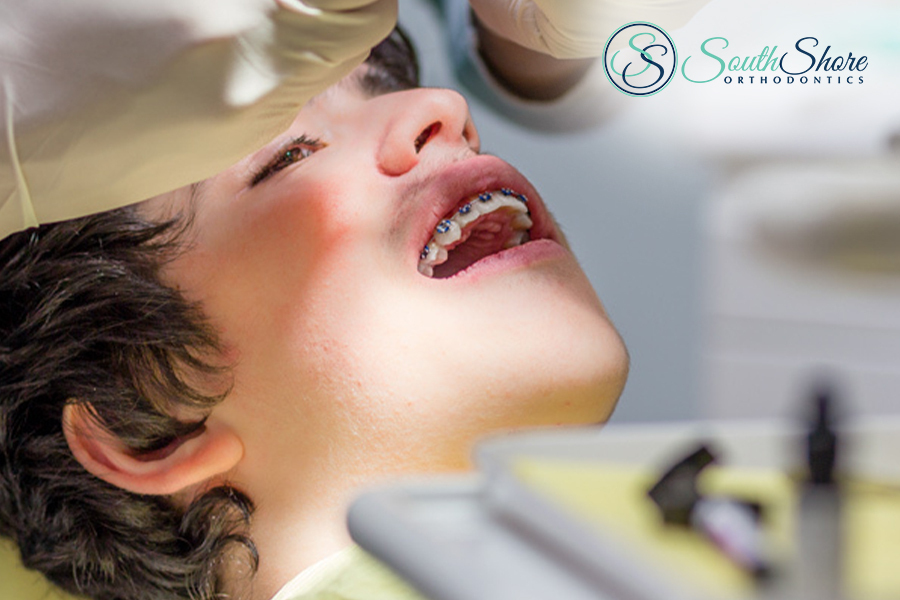June 7, 2019
It’s typical to see many children with braces around middle school or high school. In fact, braces are all but inherently associated with a child’s awkward, gawky early-teen phase, but did you know that earlier treatment can actually be beneficial to your child’s health down the line?
It might not be as common to see an elementary-aged student running around with braces, but we’re here to tell you that early orthodontic treatment is actually a safe and viable option.
We understand — right now, you may be wondering what, exactly, the difference is between early and regular orthodontic treatment. But don’t worry, we’re here to break it all down for you:
- What Is Early Orthodontic Treatment?Early orthodontic treatment is precisely what it sounds like: orthodontic attention provided earlier on in a child’s life.The American Association of Orthodontists recommends that a child should be brought in for their first orthodontic check-up around the age of 7. Should any orthodontic problems be identified at or before this age, the treatment provided would be classified as “early” treatment.
- Does My Child Need Early Orthodontic Treatment?
There are several signs that your child may need early orthodontic treatment. Some start before age seven, such as if your child is still sucking their thumb at or after age five, or if they lose their teeth earlier than age five.Otherwise, once they lose their baby teeth and their adult teeth start to grow in, common problems that may merit attention include:- Late loss of baby teeth
- Protruding or overcrowded teeth
- Underbites – when the jaw places lower teeth in front of the upper teeth
- Crossbites – when the jaw shifts to the side
- Excessive space between teeth
- Difficulty eating
- What Are The Phases of Early Orthodontic Treatment?
The phases of treatment are dependent upon your child’s age.Phase 1 treatment is usually performed when a child still has some or most of their baby teeth. Also referred to as “preventative” or “interceptive” treatment, it is designed to correct any premature issues with their baby teeth or the jaw. This way, the likelihood that your child will need more extensive orthodontic treatment down the line is reduced.Phase 2 takes place once the adult teeth have fully emerged — this is where we start to return to the idea of the treatment that takes place closer to their teenage years. The second phase will complete any treatment that began in phase 1 and typically involves traditional braces and complete jaw alignment.
If you’re not sure where to go to answer any other questions you may have about your child’s orthodontic needs, be sure to contact SouthShore Orthodontics today! Not only do we provide exceptional results in a welcoming environment, but we offer a truly personalized approach to orthodontic care — whether it be for you or your child.

